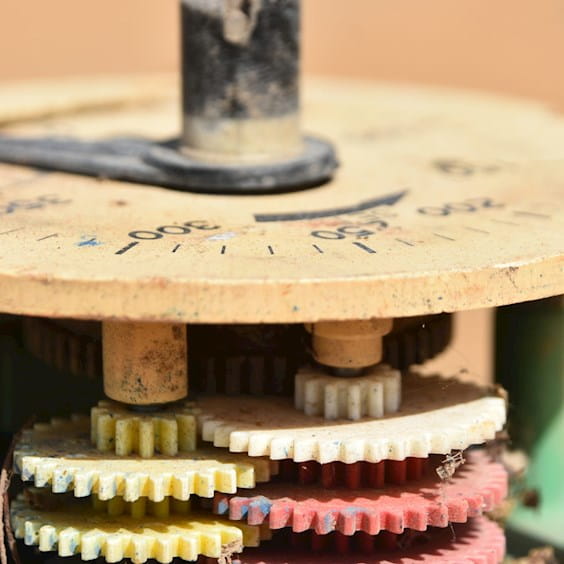AMI data alerts Texas utility about water backflow incidents during winter storm
Everyone wants to know more about their system, but how many water utilities deploying advanced metering infrastructure (AMI) solutions are ready for the deluge of data they are about to receive?
One water utility in the Texas area affected by the wide-spread winter blackouts was doing their best to keep up with the various alerts and alarms from their new water AMI system. Among these alarms were several indicating continuous consumption. Most homes and businesses have hours (such as the middle of the night) when the expectation is at least one hour with no consumption. When that does not happen, it can indicate a leak, which is generally why it is flagged as an alarm after some predetermined period.
The utility received this type of alarm and began contacting customers out of concern that the issue could relate to frozen pipes or other damage related to the inclement weather conditions. Imagine the surprise to a customer without electricity and water having their water utility tell them they may have a leak.
But how can there be a leak when the water isn’t running? To answer this question, the utility dug into more detailed data. What they found was that the meters were registering the continuous, slow backflow of water from the customer premise and into an unpressurized portion of the water system.
Without the combination of more accurate metrology and hourly reads, they would have continued to have no idea that a situation like this was periodically occurring in their system.
Once the utility had more insight into what was going on, they were able to make certain that boil water advisories and system restoration procedures aligned with that insight. And while there was not time to deal with it during the emergency, they also now know that their policies and procedures related to backflow must be reexamined as soon as possible.
What can be done about water backflow?
Backflow is a serious issue for water utilities. At best, it’s processed water that comes back into the system from service lines as pressures fluctuate. At worst, it can mean that untreated water (from a pool, cistern, or other source) is making its way into the system, posing a significant safety and health hazard.
For residential customers, the installation of backflow preventers is required by some utilities and states. Still, older services might not have one installed, depending on when the mandate went into effect. In these cases, it isn’t as simple as adding one.

When water is heated, it expands. Modern installations will include an expansion tank to handle this increase in water volume. But if there is no expansion tank and no backflow preventer, then likely there has been periodic backflow (of only a few gallons at most) from the premise under these conditions.
Installing a backflow preventer by itself can be a significant hazard with the expanding water causing increases in pressure to levels high enough to rupture lines or the water heater tank under the right conditions. Making sure there is an expansion tank in place prior to installing a backflow preventor alleviates this risk.
On larger commercial and industrial services, a device called a double check valve assembly (DCVA) is often in place to prevent backflow. In high-risk situations, the facility may need the additional protection offered by a Reduced Pressure Zone (RPZ).
These devices require periodic inspection, cleaning, and maintenance to ensure they continue to operate properly. Depending on the size of the customer as well as the utility and state regulations, this may need to be performed annually. But not all utilities have a system of checks that verify the properly inspection interval is actually being observed.
What can we learn from water backflow alarms during Texas’s winter storm?
One key lesson for any water utility undertaking an AMI deployment is to be prepared for the unexpected. The system will be providing significantly more data and alarms than whatever current system they’re using.
Being proactive in dealing with this is an important first step that the utility we’ve been discussing did. There will likely be actions that require digging a layer or two deeper into the data before you truly gain insight into what is actually happening and can determine the proper response.
Once you have a better understanding of the types of events and causes you see on your system, you can build appropriate processes around them as well as set reasonably boundaries and limits to flag the ones that need further attention. For example, less than a gallon of backflow happening infrequently is likely not worth investigating. But sustained backflows lasting for hours or occasional spikes of high-volume backflows would typically warrant further investigation.

There may also be areas such as leak notifications where new policies are needed to align with these new processes. One area this might impact is around leak adjustment policies. If current policies were developed when customers might not be aware of a leak until a monthly (or bi-monthly) bill arrived several weeks after a leak began, it is likely to need to be revisited in light of the utility potentially notifying a customer after only a few days of unusual consumption.
During AMI deployment, resources are often already stretched thin. Careful planning about how you can maintain the bandwidth needed to use the insight that can be gained to improve the reliability, cost-effectiveness, and safety of the water system. After all, those were often the benefits that were anticipated when the decision to deploy AMI was initially made.



